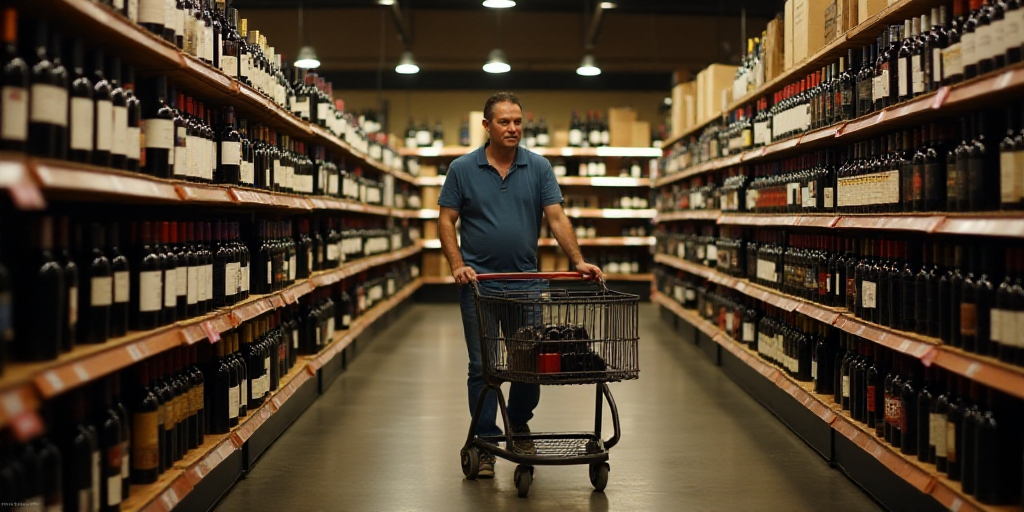Background on the Situation
Under President Donald Trump’s administration, the United States imposed a 15% tariff on numerous products from the European Union (EU) as part of a negotiation to avoid even higher tariffs. However, the wine and spirits industry in Europe, which is significant, expected to be exempt from any price increases. Unfortunately, the details of the agreement revealed on Thursday show no exceptions to the double-digit tariffs.
Impact on Wine Importers and Distributors
Michael Warner, co-owner of DCanter wine boutique in Washington’s Capitol Hill neighborhood, explains that imported European wines have become more expensive to bring in and will soon cost more for consumers. The new customs duty, which took effect this month, replaced the 10% tariff Trump implemented in April for most trade partners.
- Pre-existing 10% tariff already forced importers to raise prices.
- Distributors are feeling the squeeze as a result.
Warner states that price hikes between 10% and 15% became evident in June due to increased importer and distributor costs. About 80% of the wines he sells are imports, with two-thirds originating from Europe. Although Warner stocked up in advance to mitigate the impact, his inventory is dwindling. Furthermore, a strong euro against the dollar this year has increased importers’ costs by up to 20%, according to Warner.
He anticipates more price increases in the coming months, especially during the holiday season as more importers pass on their rising costs.
No Special Treatment for EU Beverages
EU traders hoped that beverages like Irish whiskey and French champagne would be excluded from Trump’s tariffs, but their efforts have been unsuccessful so far.
- Marcos Sefcovic, EU’s trade representative for 27 countries, suggested that “these doors are not closed forever,” but the French wine exporters’ association expressed “enormous disappointment” with the results.
- Italian wine producers anticipate potential losses of around $368 million in the next 12 months.
A White House official told AFP that the Trump administration “did not agree to any special treatment for EU alcohol,” when asked about the final agreement text.
Ben Aneff, president of the Wine Trade Alliance in the US, asserts that the country enjoys “a massive economic surplus” in selling EU wines. The US wine industry operates through a tiered system, with foreign producers selling to importers, who then sell to distributors, and finally retailers and restaurants.
“For every dollar spent on EU wine, we generate $4.52, translating to $24 billion in import revenue after investing $5.3 billion annually in European wines,” Aneff explains.
US Wine Producers Affected
Harry Root, who runs an import and distribution company with his spouse, reports paying over $100,000 in tariffs this year. Their company, Grassroots Wine, operates in South Carolina and Alabama. Root explains that the tariffs severely limit their ability to support US wine producers.
“Once tariffs became a reality, we had to cut back on hiring or replacing employees in hopes of reducing costs,” Root shared. “It’s a truly challenging period.”






